Renaissance: How the 15th‑Century Shift Still Shows in Buildings and Art
The Renaissance isn’t just old paintings and fancy palaces — it’s a set of ideas that changed how people built, painted, and thought about space. If you want to spot Renaissance influence fast, look for balance, clear geometry, and a return to classical details like columns, domes, and proportion. These features pop up in churches, civic buildings, villas, and even in modern homes that borrow Renaissance Revival touches.
Here’s the useful part: architects used simple rules to make things feel stable and elegant. Pilasters and rounded arches bring order. Symmetry across a facade makes a building read as deliberate, not accidental. In painting, the same shift gave us perspective — artists made scenes look like real space, not flat pictures. That’s why a Renaissance room or fresco still feels believable and calm.
How to spot Renaissance architecture
Want quick ID tips? First, check the openings: semicircular arches and evenly spaced windows are a clue. Second, count the layers: Renaissance buildings usually stack elements — base, middle, and top — in a clear order. Third, look for classical orders: Doric, Ionic, or Corinthian columns, but used more calmly than in Roman temples. Fourth, domes and clear central plans often show up in churches that aimed for harmony.
On the street, smaller houses borrow these ideas with framed windows, simple cornices, and a sense of proportion rather than wild decoration. When a modern building references Renaissance style, it often keeps the proportions but updates materials and scale.
Where to see it and why it matters today
Florence and Rome are obvious, but don’t ignore smaller cities: Siena, Urbino, and towns across Europe carry strong Renaissance marks. In the U.S., look for Renaissance Revival public buildings from the 19th century — big libraries, courthouses, and mansions that used the style to signal taste and permanence. Visiting these places teaches you what balance and proportion look like in real life.
Architects and designers still borrow from the Renaissance because the results work. Proportion and clear organization make spaces comfortable to move through and easy to read. If you care about design, knowing these basics helps when renovating, choosing tiles, or even picking a house with timeless details.
Curious where to read next? Start with focused articles on Renaissance architecture and art — they’ll show the big buildings and the small details that matter. If you plan a trip, download photos of façades you want to see and note the columns, arches, and window rhythm. That makes spotting Renaissance elements on the street simple and fun.
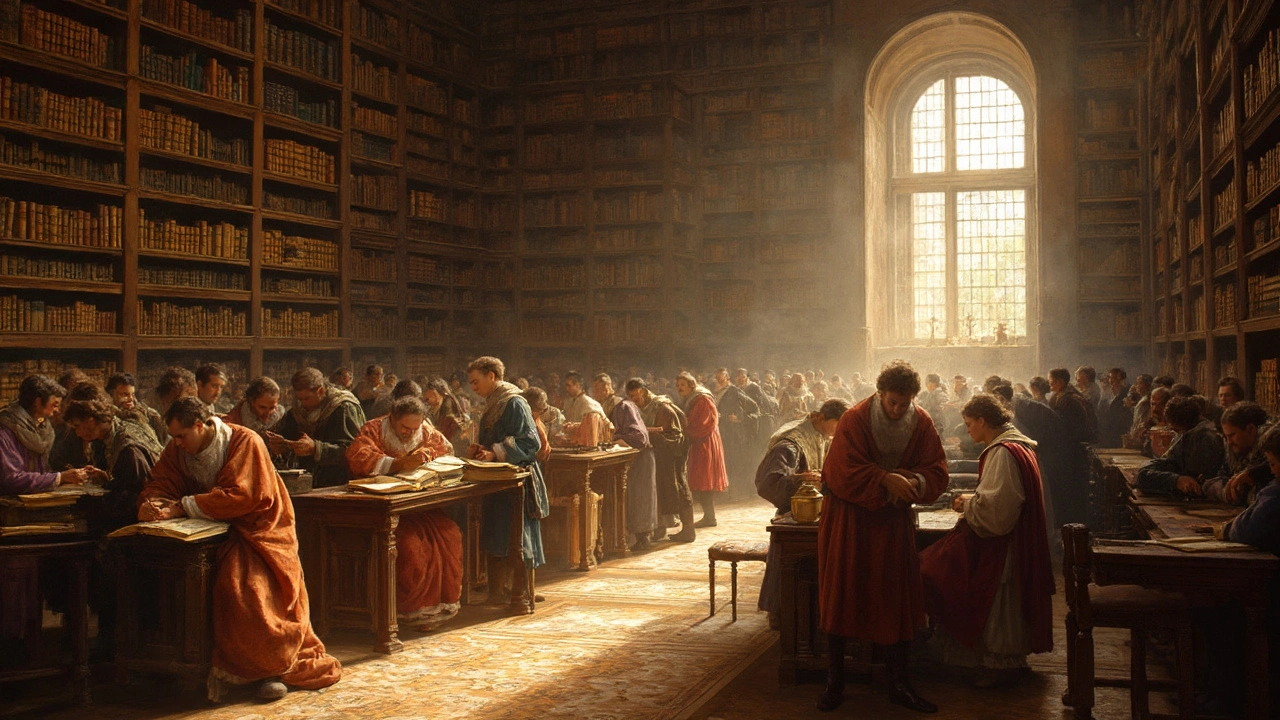
How the Renaissance Era Revolutionized Western Philosophy and Thought
Explore how the Renaissance transformed philosophy by reviving classical wisdom, fueling humanism, and reshaping Western ideas with radical thinkers, vivid debates, and lasting impact.
Read more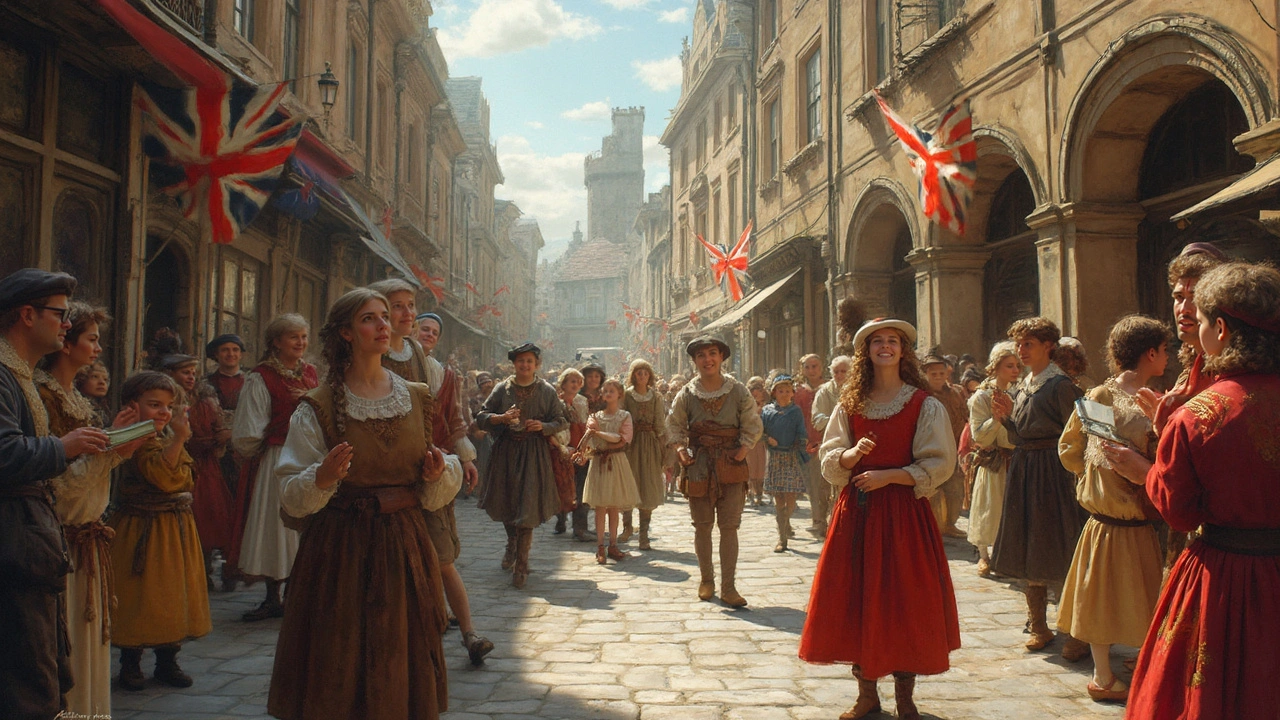
Renaissance Unpacked: A Real Look Back in Time
Take a down-to-earth stroll through the Renaissance, exploring what really went on behind the famous art, science, and wild ideas of the time. Find out how teenagers inspired artists, why street games mattered, and how some ideas shaped the modern world. Get surprising facts, straight talk, and a fresh way to see an old era. Even if you’ve never admired a painting, you’ll walk away with tips to actually use today.
Read more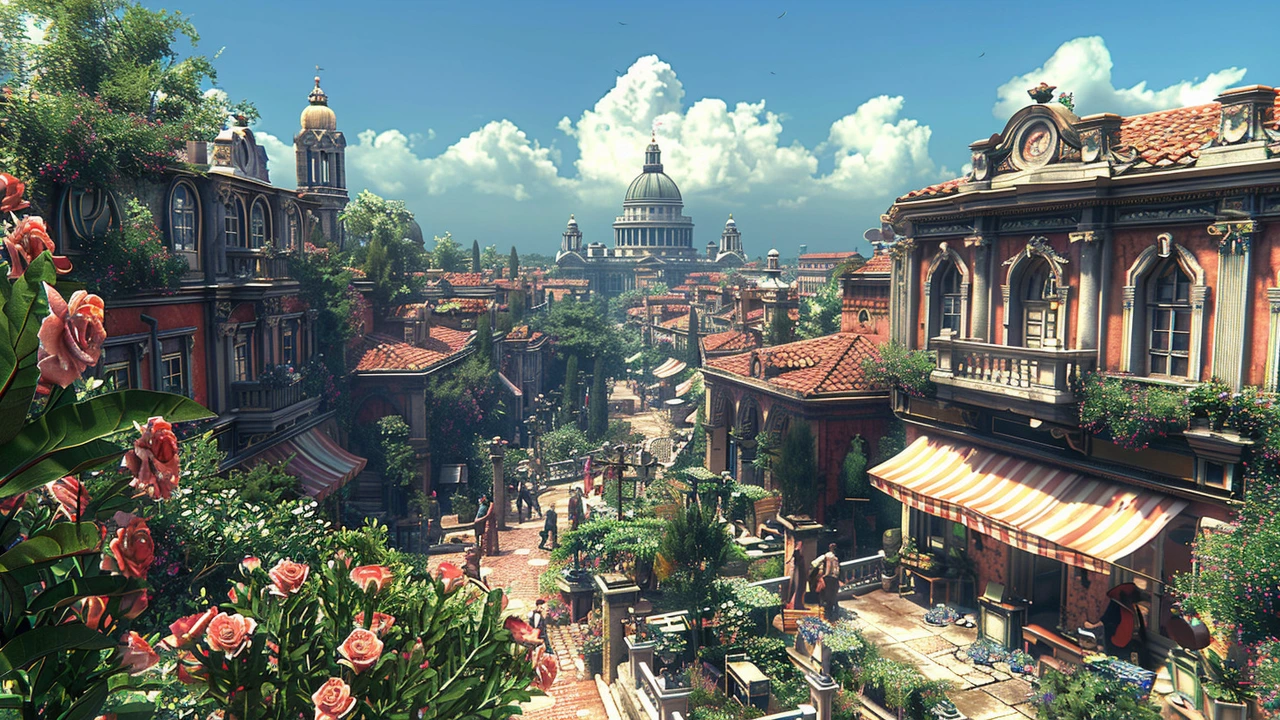
The Renaissance: A New Era of Enlightenment and Cultural Elevation
The Renaissance was a transformative era that reshaped art, science, and culture, marking the transition from the Middle Ages to the modern world. This period saw a revival of classical learning and wisdom, leading to immense progress in various fields. Dive into the key characteristics, influential figures, major achievements, and enduring impact of this remarkable epoch.
Read more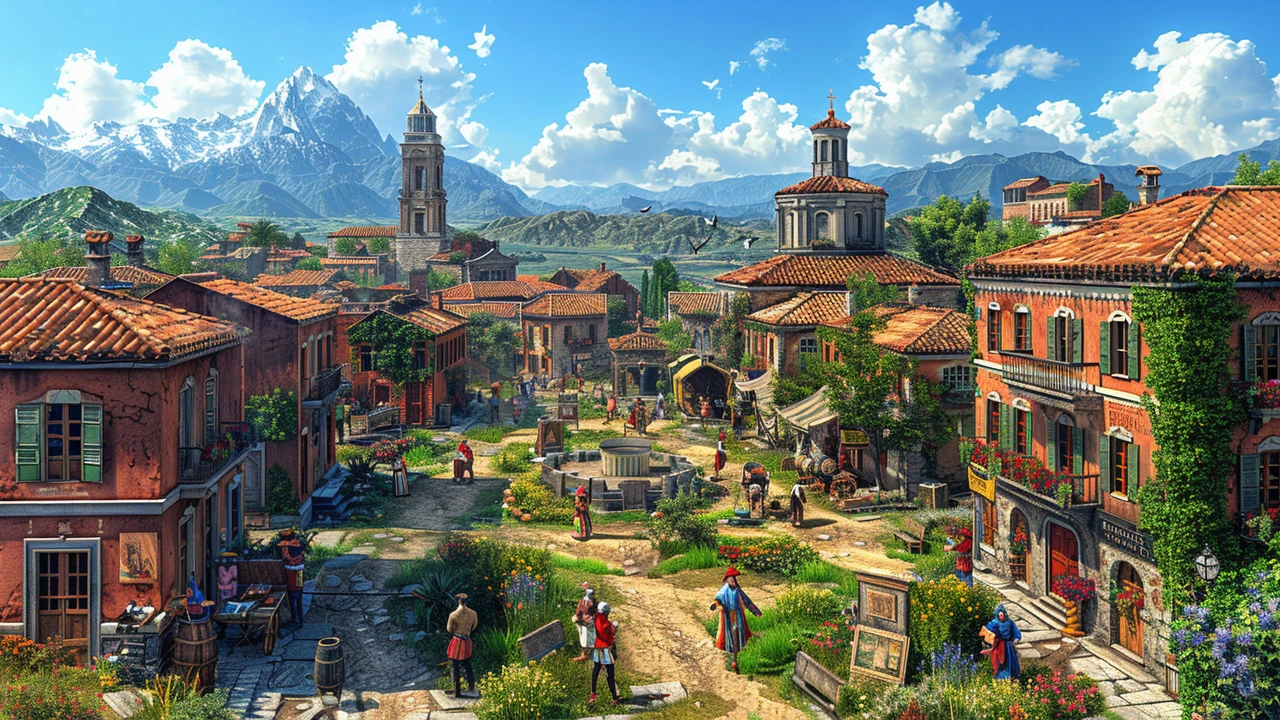
The Renaissance Era: Unveiling the Dawn of Modern Civilization
The Renaissance marks a pivotal period in human history, known for its profound impact on art, science, and culture, leading to the foundational aspects of the modern era. This era, blossoming in Europe between the 14th and 17th centuries, fostered the revival of classical learning and wisdom. It saw the rise of influential figures such as Leonardo da Vinci and Michelangelo who not only transformed the arts but also encouraged a spirit of humanism. The Renaissance also set the stage for the scientific revolution, altering humanity's view of the world and itself.
Read more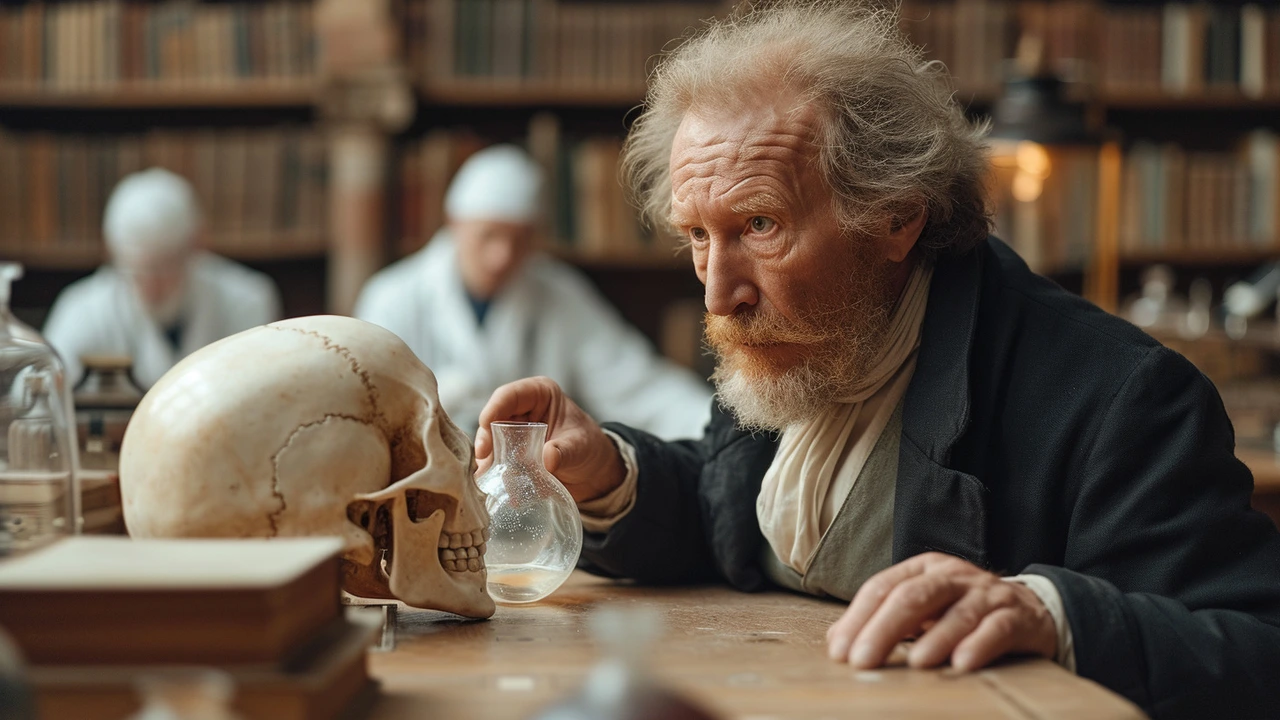
Revolutionizing Healthcare: The Renaissance's Lasting Impact on Medicine
The Renaissance, a period bursting with innovation in art and science, also marked a pivotal shift in medical understanding and practices. This era, bridging the medieval and modern worlds, not only changed the way we perceive our bodies and health but also set the foundation for modern medicine. Through rediscovering ancient texts and fostering a new spirit of inquiry, medical practitioners began to challenge and expand the horizons of medical knowledge. This article delves into how the Renaissance redefined medicine, highlighting key figures, advancements, and the enduring influence of this transformative period on today's healthcare.
Read more